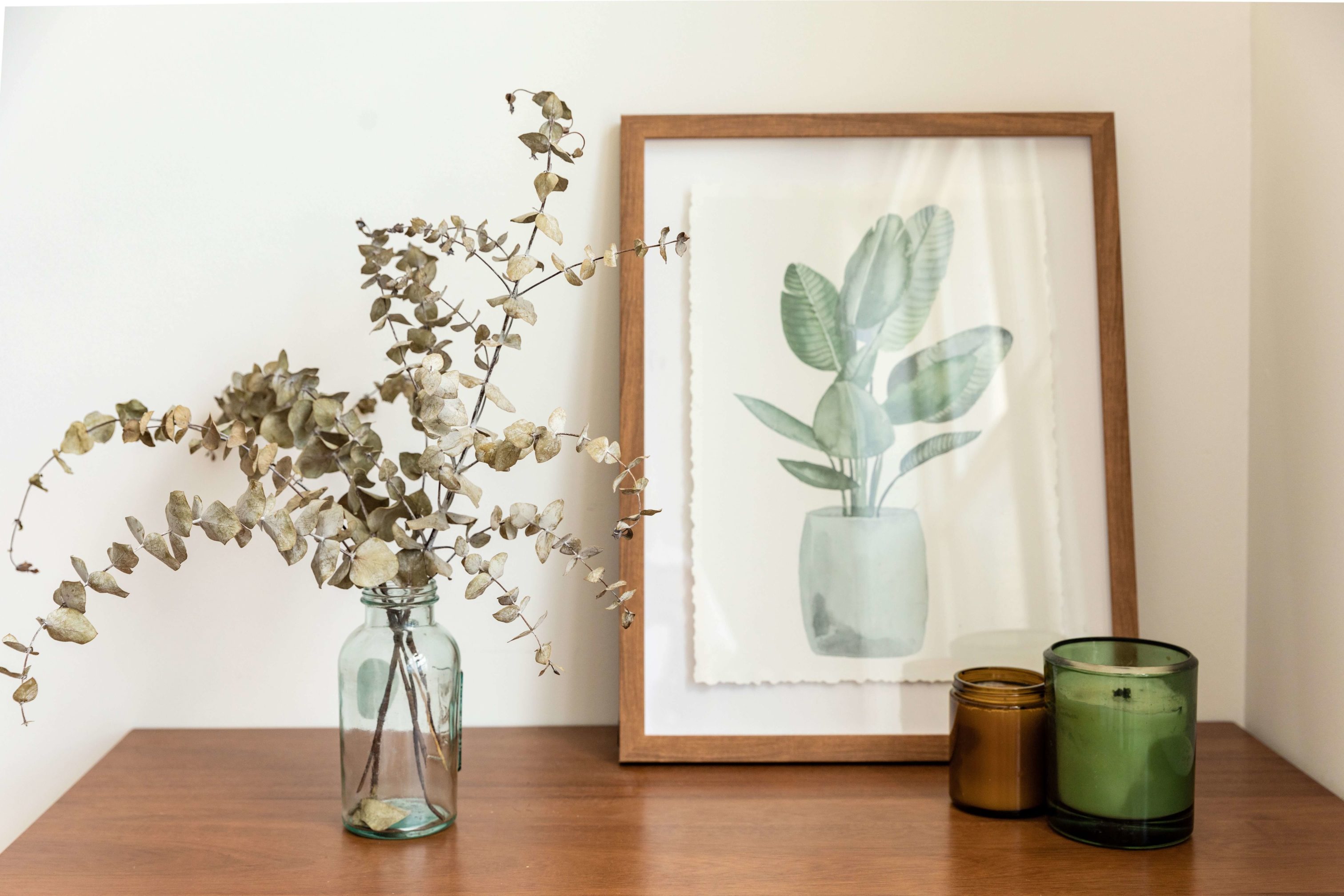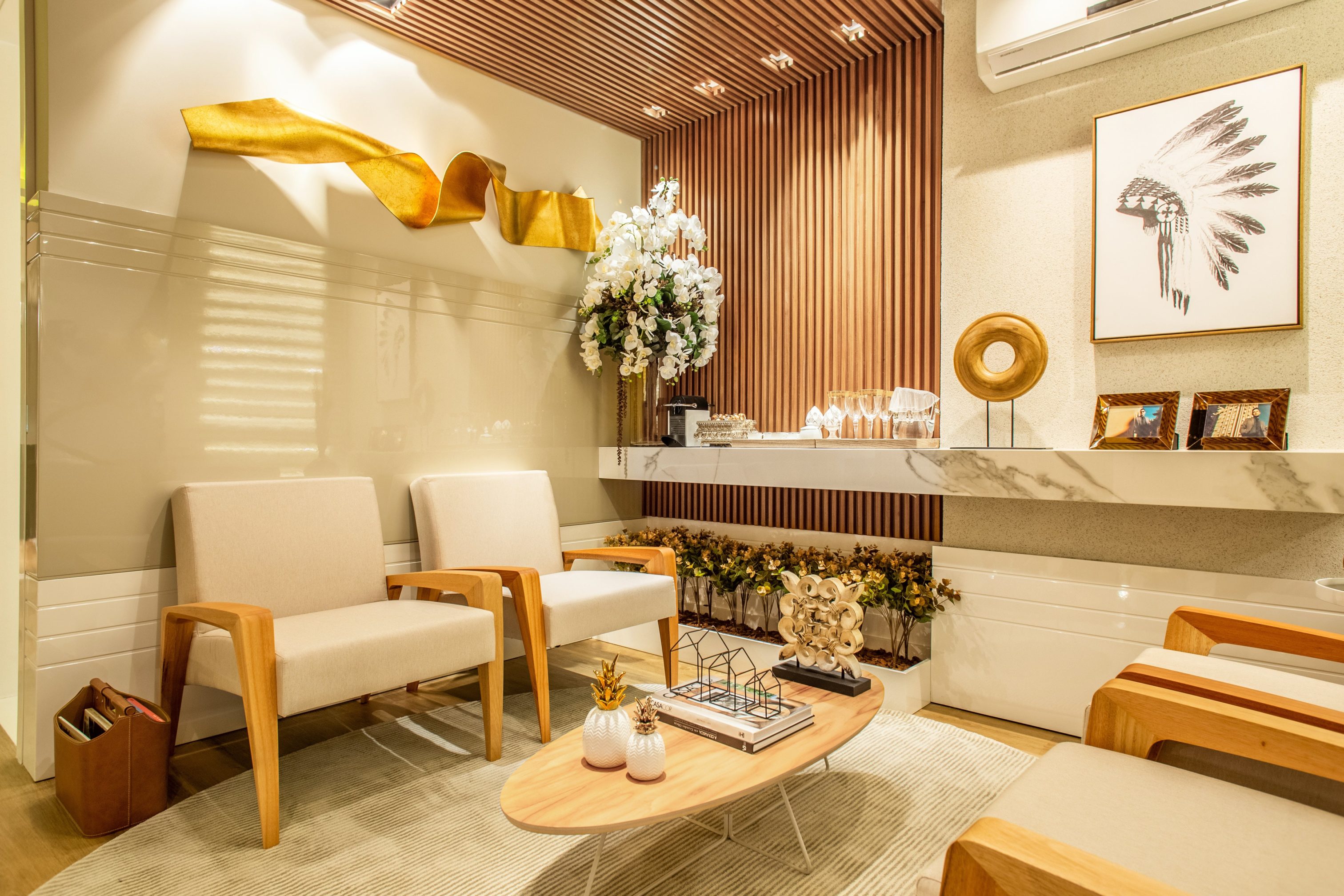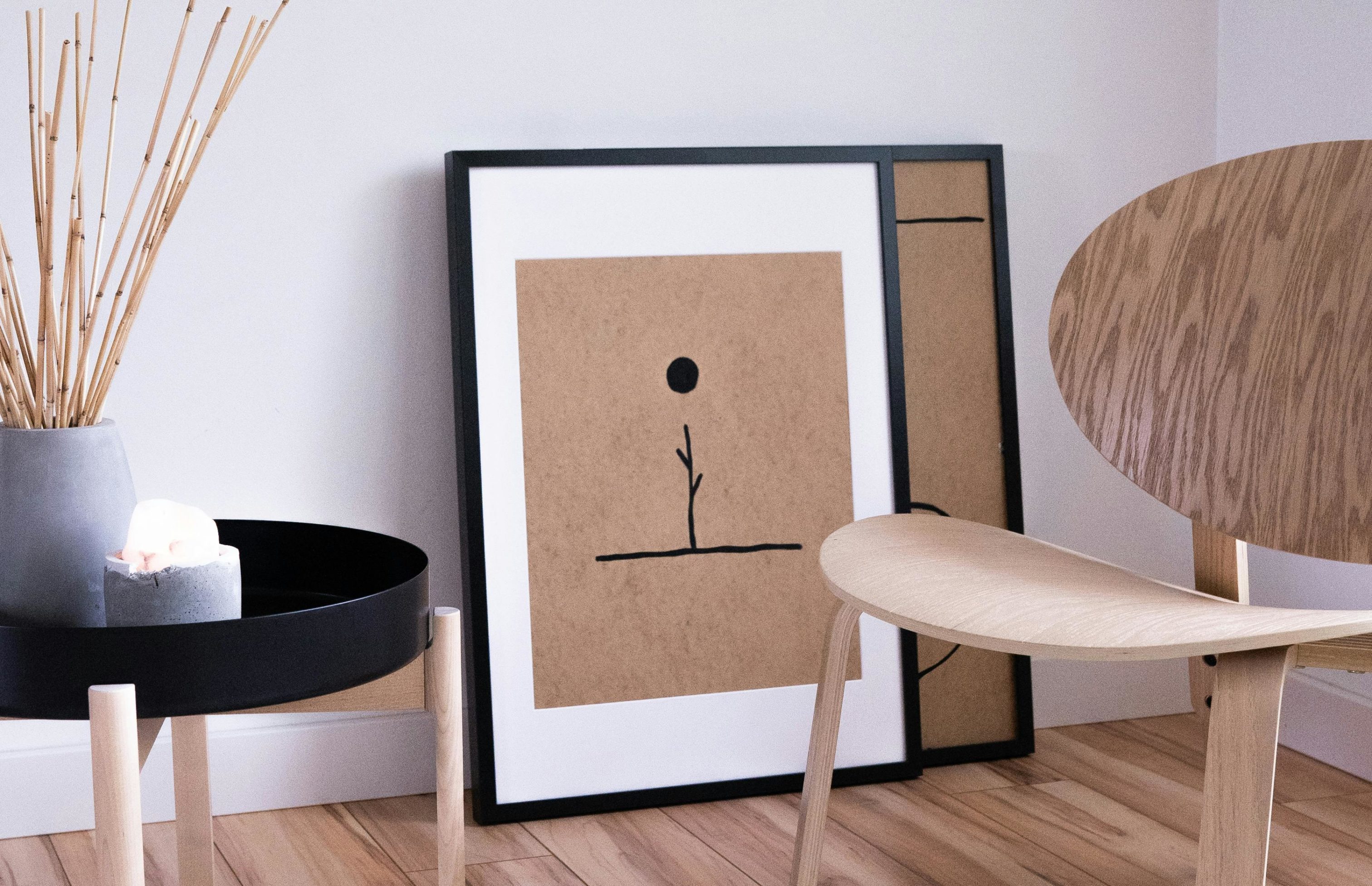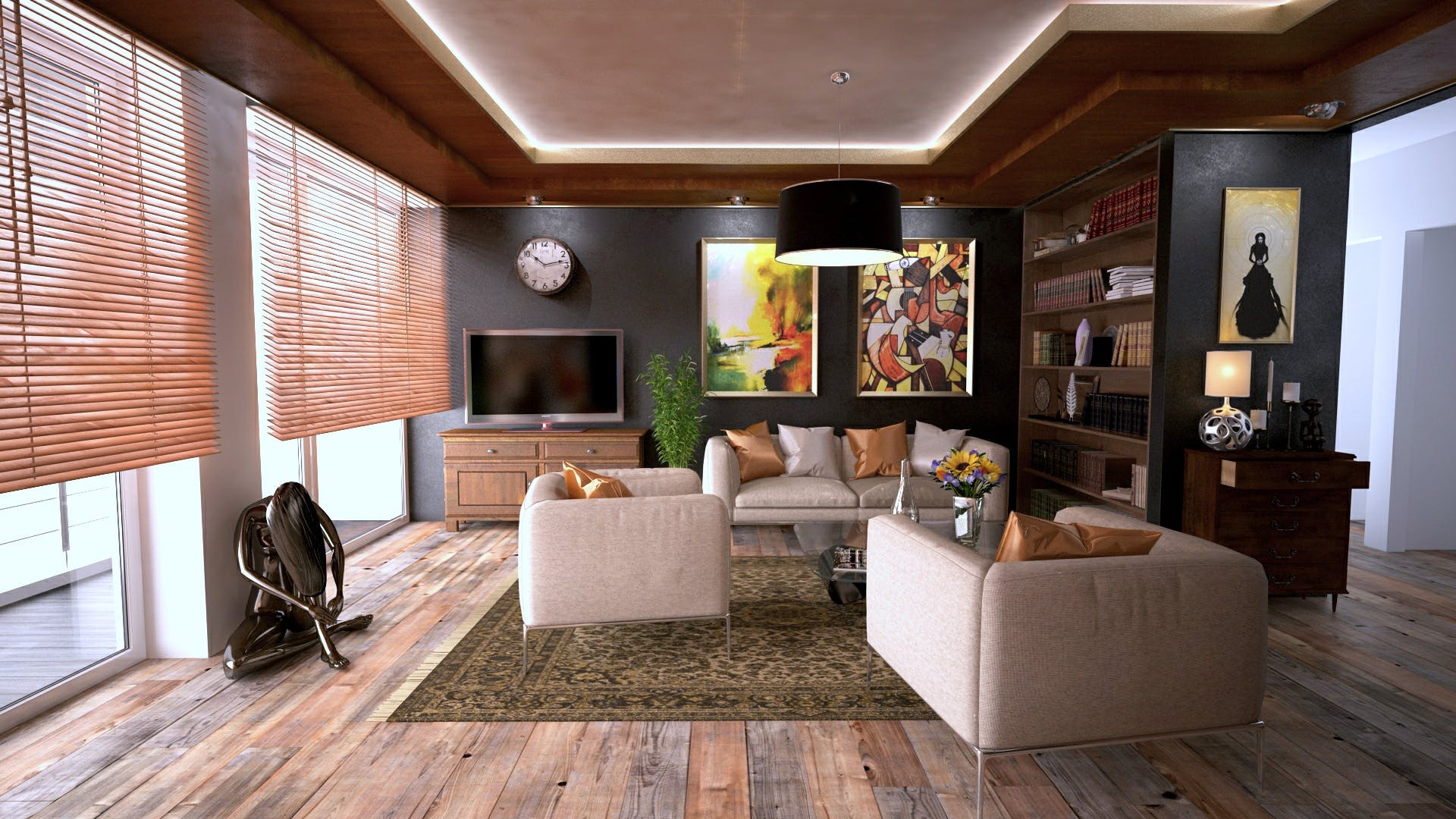Art framing in interior design
The choice of Art framing in interior design is often considered as important as the artwork itself. It’s a decision that can significantly impact the overall look and feel of a painting within a room’s design. A well-chosen frame can enhance and harmonise the artwork with its surroundings, while a mismatched frame may detract from the beauty and impact of the piece. In this article, we will explore the profound influence framing has on the aesthetics of a painting in a room’s design, delving into the various aspects to consider when selecting the perfect frame.
Complementing the Room’s Style
One of the primary ways framing impacts the overall aesthetics of a painting within a room’s design is by complementing the room’s style. The frame should harmonise with the room’s decor, whether it’s traditional, contemporary, minimalistic, or eclectic. A gilded and ornate frame, for instance, may suit a classic and opulent interior, while a sleek, simple frame might be more fitting in a modern, minimalist setting. Art framing in interior design frame acts as a bridge between the artwork and the room, ensuring a seamless blend of styles.


Enhancing Colour Coordination
The colour of the frame can have a significant impact on how the painting interacts with the room’s design. A frame with a colour that matches or complements the dominant colours in the room can create a cohesive and visually pleasing effect. In contrast, a frame that clashes with the room’s colour scheme may disrupt the overall harmony. When selecting a frame, consider the room’s colour palette and how the frame can enhance the painting’s impact within that context.
Establishing Visual Hierarchy
Art framing in interior design plays a vital role in establishing a visual hierarchy within a room. The frame acts as a border, drawing attention to the artwork it encases. The size, shape, and style of the frame can influence how prominently the painting is featured within the room. A larger, more elaborate frame may draw the eye more effectively, making the painting a central focal point. In contrast, a smaller, subtler frame may encourage a more understated presence. By choosing the right frame, you can control the painting’s prominence within the room’s design.


Creating Balance and Proportion
Achieving balance and proportion in interior design is crucial for creating a harmonious environment. Framing can be a powerful tool in achieving this balance. A well-proportioned frame can provide a sense of equilibrium to the room by complementing the size and scale of the painting and other design elements. For instance, a large painting in a small room may benefit from a thinner frame to avoid overwhelming the space, while a spacious room with a smaller artwork could benefit from a wider frame to fill the visual void.
Providing Texture and Material Diversity
Art framing in interior design is not just about style and aesthetics; it also adds texture and material diversity to a room’s design. The choice of framing materials, such as wood, metal, or acrylic, can introduce new textures that enhance the overall look and feel of the space. A wooden frame, for example, can bring warmth and a natural element to the room, while a metallic frame may lend a more contemporary and industrial feel. This diversity adds depth and character to the room’s design.


Reflecting Light and Space
Framing can also influence how light interacts with a painting and the room as a whole. Reflective frames, such as those made of glass or acrylic, can bounce light around the room, creating a sense of airiness and spaciousness. On the other hand, matte or darker frames may absorb light, creating a more intimate and cosy atmosphere. Consider the room’s lighting and the mood you want to convey when selecting a frame.
Telling a Story or Conveying Meaning
In some cases, the frame itself can be a meaningful addition to the artwork. It can tell a story or convey a deeper message. For example, a distressed or weathered frame can add a sense of history and nostalgia to the painting, making it particularly suitable for vintage or retro-themed rooms. A custom-made frame that incorporates elements related to the painting’s subject matter can also add layers of meaning and significance to the artwork within the room’s design.


Emphasising Personal Taste and Expression
Ultimately, the choice of framing should reflect the individual’s personal taste and expression. The frame should resonate with the owner’s aesthetic preferences and contribute to the overall design of the room in a way that feels unique and meaningful. While there are guidelines and recommendations, there are no strict rules when it comes to framing. It is an opportunity for personal expression and creativity, allowing homeowners to showcase their personality and style.
Conclusion
The choice of framing is a crucial consideration when integrating a painting into a room’s design. It has the power to influence the room’s style, colour coordination, visual hierarchy, balance, texture, and material diversity. Framing can also impact how light interacts with the artwork and the room, adding depth and character. Additionally, frames can tell stories, convey meaning, and emphasise personal taste and expression. When selecting a frame, consider not only the painting itself but also the context of the room, aiming to create a seamless and harmonious design that elevates the aesthetics of both the artwork and the space. By understanding the profound impact of Art framing in interior design, you can turn any room into a work of art.













